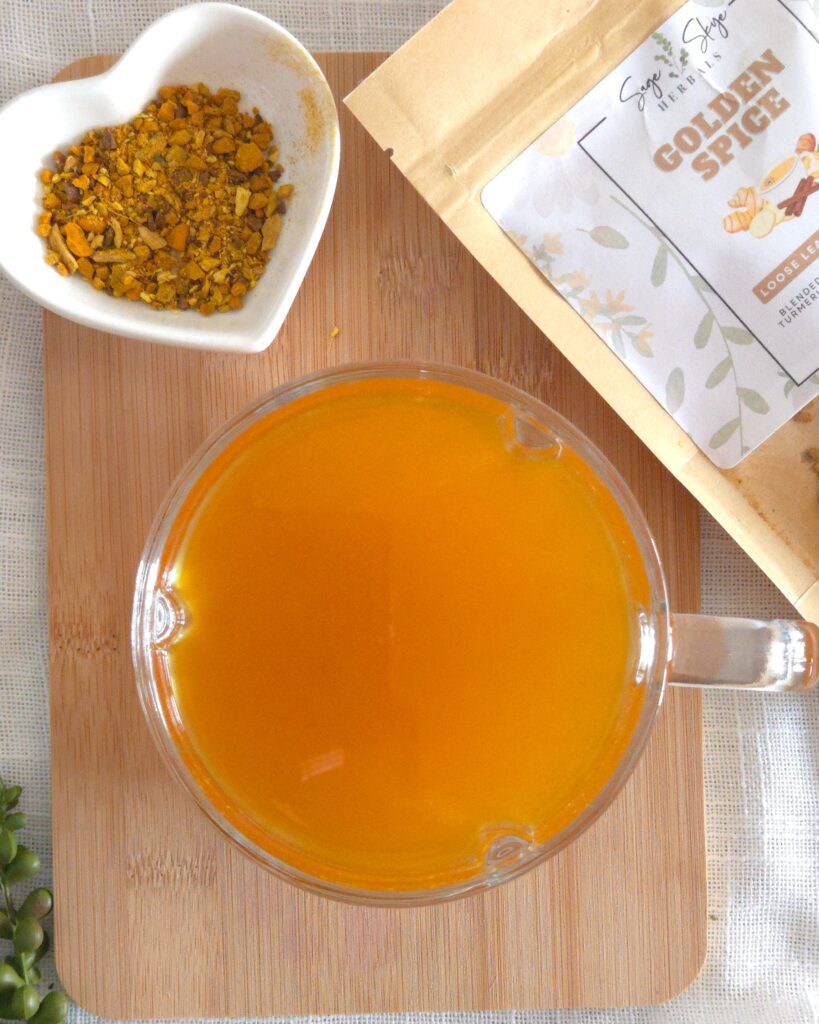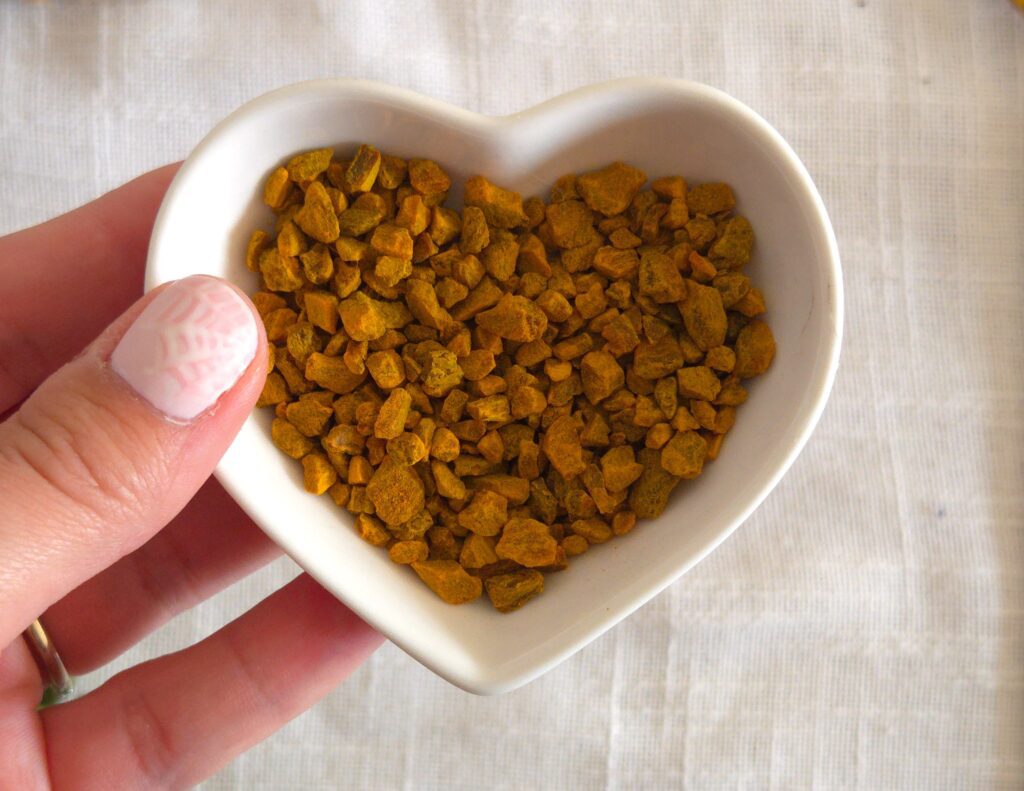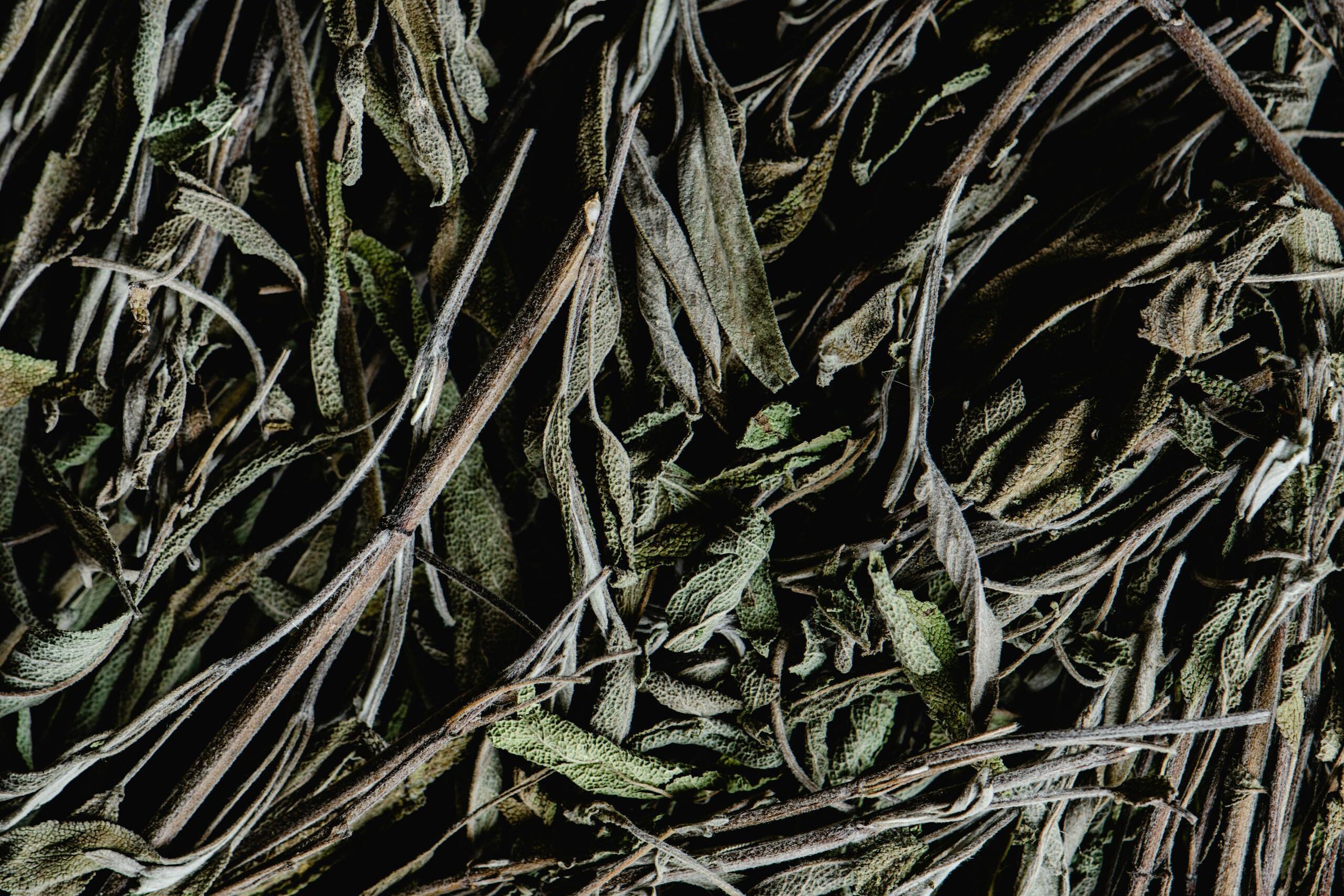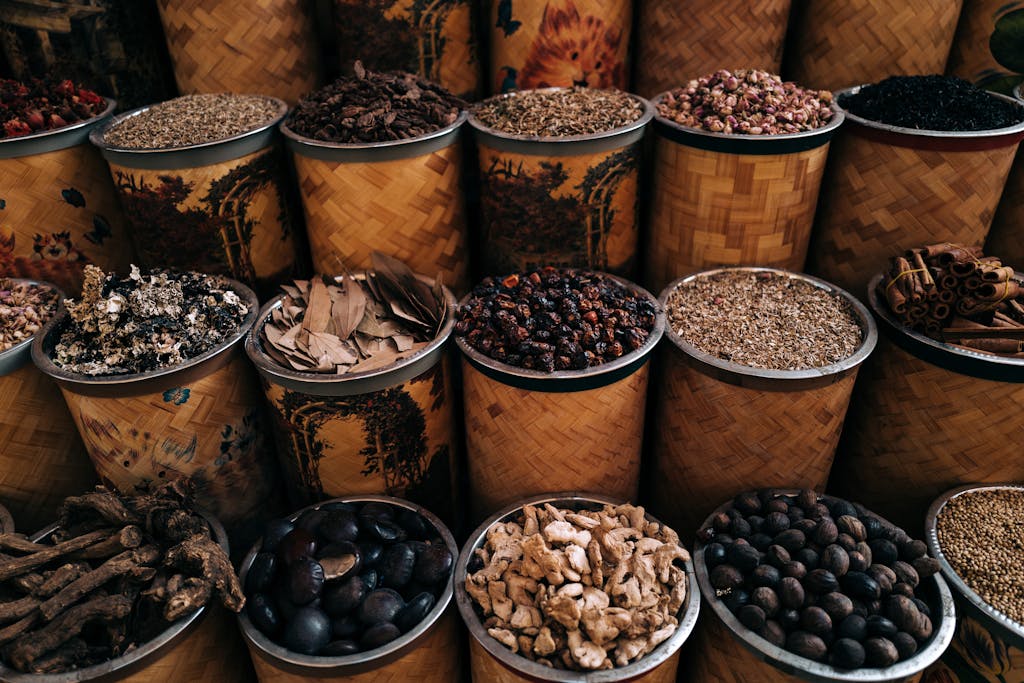
Embracing Fall Herbalism: Warming Herbs to Support Your Body Through Seasonal Transitions
As summer gracefully bows out and fall sweeps in with its crisp, cool air, our bodies begin to adjust to the shifting seasons. This transition from the warm, sun-drenched days of summer to the cooler, shorter days of autumn calls for a warming approach to nourishment. Fall is the perfect time to incorporate warming herbs into your daily routine to support your body’s natural rhythms to promote overall health and wellness. In todays post we will go over 7 warming herbs to keep you cozy this season and there are a few recipes included to try!
Autumn is the season of preparation and nourishment, and I felt inspired to write this little poem while I was cleaning up my summer garden. “As trees drop their leaves to nourish the soil for winter; and the crisp air wraps around you as the flowers start to hinder. Nourish your mind, body and spirit, show gratitude wherever you feel it and reflect on the season of change.” –Amber Skye
Intro to Fall Herbalism and Warming Herbs
With the arrival of fall, we bid farewell to the abundant warmth and light of our long summer days. The drop in temperatures and the shorter days signal a shift in how we care for ourselves. Our bodies require extra support to maintain warmth, enhance circulation, and bolster immunity as we navigate this seasonal transition. Warming herbs are a key ally in this process, offering a range of benefits that align perfectly with the needs of fall. These herbs not only provide comforting flavors but also help to support the body’s natural functions, making them ideal for this time of year.
As the seasons shift, plants undergo natural changes that mirror the environment, and we adapt alongside them. We are more like the plants than we know! Each season brings a unique stage in the life cycle of plants, guiding us on what to harvest and when. In spring and summer, plants focus their energy on new growth, making it the ideal time to gather tender leaves, flowers, and berries, which are at their peak freshness and potency. This seasonality provides us with vibrant herbs that are often rich in volatile oils, vitamins, and antioxidants, supporting our health during the warmer months.

However, when Fall arrives plants begin redirecting their energy downward into their roots and bark, preparing for the colder months ahead. This natural process means that roots, such as dandelion, burdock, and astragalus, are particularly potent during autumn, as they now hold a higher concentration of beneficial compounds. Similarly, tree barks like willow and cinnamon, harvested in fall, contain essential constituents like salicin and cinnamaldehyde, respectively. These compounds often provide immune support, help with digestion, and warm the body in response to seasonal needs.
By harvesting roots and bark in the fall, we align our practices with the plant’s life cycle, obtaining herbs at their most nutrient-dense state and supporting our bodies as they transition into the colder, quieter months. Following this rhythm allows us to benefit from nature’s cycles, grounding us as we adapt to the changes each season brings.

7 Warming Herbs to Keep you Cozy
Let’s go over 7 popular warming herbs that can be particularly beneficial during the fall season. You may already be familiar with these as most people already practice Fall herbalism without the intention too. Pumpkin spice, apple pies and chai lattes; these signal the changing of the season and I am not complaining!
1. Cinnamon:
Cinnamon is a quintessential fall spice, known for its warm, sweet aroma and flavor. Beyond its culinary uses, cinnamon boasts impressive health benefits. It has natural anti-inflammatory properties that can help soothe sore throats and support digestive health. Additionally, cinnamon may assist in regulating blood sugar levels, which can be particularly useful during the indulgent fall season. I know I am not passing up on the desserts during the holidays so cinnamon is a staple in my pantry!

2. Ginger:
Ginger is a versatile herb that’s well-regarded for its warming effects and immune-supporting qualities. It’s particularly effective in combating colds and flu, making it a great addition to your fall wellness routine. Ginger also aids digestion, helping to ease any discomfort that may arise from enjoying hearty fall meals.

3. Clove:
Clove is a powerful spice with a distinctive aroma and flavor. It has notable anti-inflammatory and pain-relieving properties, which can be beneficial for easing aches and supporting respiratory health. Clove is also an excellent choice for adding warmth and depth to fall dishes and beverages.

4. Turmeric:
Turmeric is celebrated for its vibrant color and its potent anti-inflammatory effects. It’s especially useful for supporting joint health and alleviating stiffness, which can be common as the weather cools. Turmeric’s antioxidant properties also help protect the body from seasonal stressors.

5. Cardamom:
Cardamom offers a unique, aromatic flavor that can elevate both sweet and savory dishes. It supports digestion and can help alleviate bloating and discomfort. Cardamom is also rich in antioxidants, contributing to overall wellness.

6. Nutmeg:
Nutmeg is another warming herb that adds a distinct taste and aroma to fall recipes. It provides digestive support and can help soothe indigestion. Sprinkle ground nutmeg onto your pumpkin spice treats or stir it into warm drinks for a cozy sensation.

7. Sage:
Sage is an herb often associated with Thanksgiving and fall recipes. It has antimicrobial properties that can help support respiratory health during the colder months. Sage can be added to roasted vegetables, stuffing, or soups for a herbal twist.

Warming Herbal Tea Recipes
To make the most of these warming herbs, here are a few simple drink recipes you can try:
Quick Cozy Chai Latte
Ingredients:
– 1-2 tsp Cozy Chai Tea (our blend featuring black tea, cinnamon, cardamom, and other warming spices)
– ½ cup water
– ½ cup milk (dairy or plant-based)
– Sweetener of choice (honey, maple syrup, etc.)
Instructions:
1. Brew 1-2 tsp of Cozy Chai Tea in ½ cup boiling water for around 5 minutes.
2. Heat and froth the milk.
3. Combine brewed tea and frothed milk, sweeten to taste.
Golden Milk (traditionally known as Haldi Doodh)
Ingredients:
– 1 cup milk (dairy or plant-based)
– 1 tsp Golden Spice (a blend featuring turmeric, ginger root and cinnamon)
– 1-2 tsp honey or maple syrup
Instructions:
1. Heat the milk in a saucepan to a simmer.
2. Whisk in 1 tsp of Golden Spice (can use a tea bag) and sweetener until well combined.
3. Strain and serve warm for a soothing treat.
How Warming Herbs Help During Seasonal Changes
As fall ushers in cooler weather, these warming herbs provide essential support to help your body adapt. They enhance circulation, support digestion, and boost immunity—key factors for maintaining wellness as temperatures drop. By incorporating these herbs into your diet, you can enjoy their comforting flavors and their health-promoting benefits, helping you to stay warm and well-balanced throughout the season.
Fall is a wonderful time to embrace the benefits of warming herbs. Whether you’re sipping on a chai latte or enjoying a bowl of turmeric-infused soup, these herbs can help support your body and enhance your well-being as the seasons change. Embrace the flavors and benefits of fall with these herbal allies and enjoy a season of warmth and wellness.

Precautions
While herbs are generally safe for most people, it’s important to be mindful of any health conditions or medications you may be taking. Consult with a healthcare provider if you have specific health concerns or are pregnant, as some herbs may interact with medications or have contraindications.





